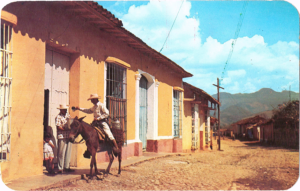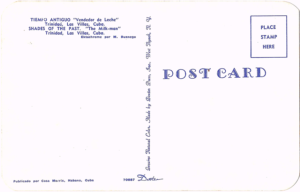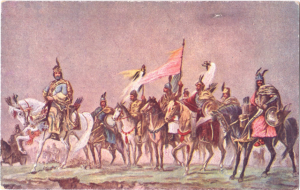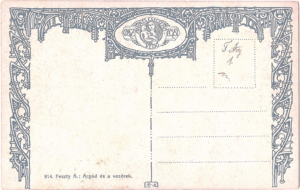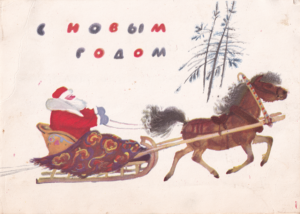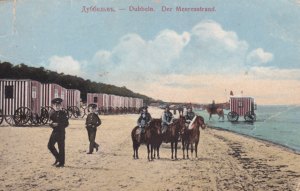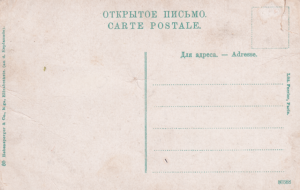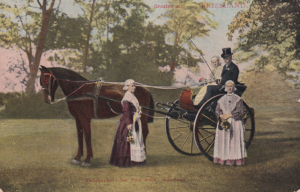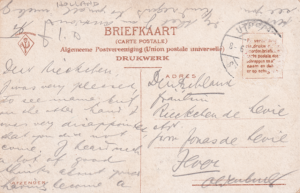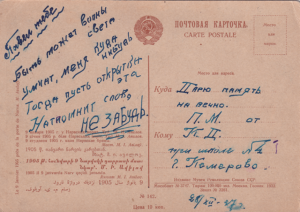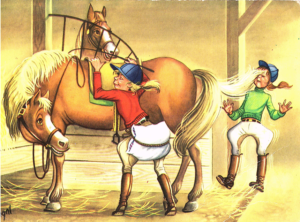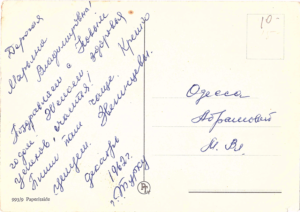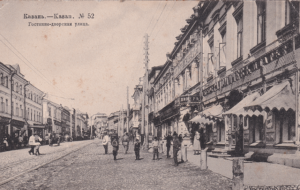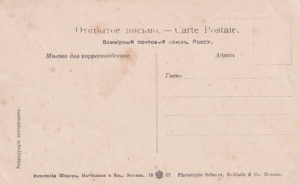Wine History in Italy.
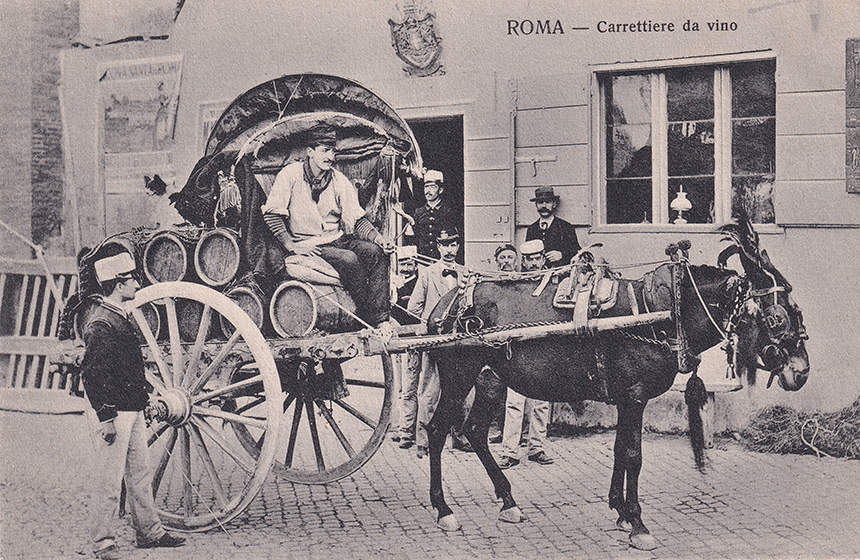
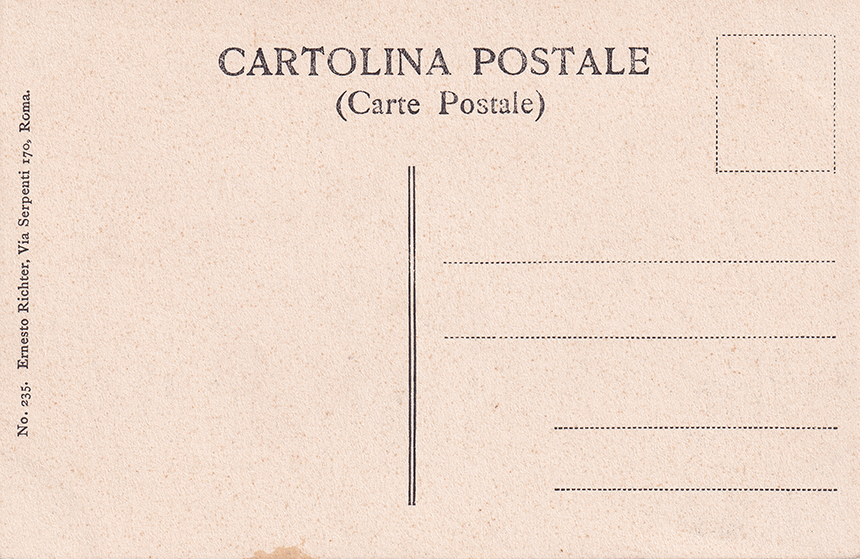
Reverse side of the postcard.
More information
Wine History in Italy.
It was previously believed that viticulture had been introduced into Sicily and southern Italy by the Mycenaeans, as winemaking traditions are known to have already been well-established in Italy by the time the first Greek colonists arrived on Italy's shores around 800 BC. However, archeological discoveries on Monte Kronio in 2017 revealed that viticulture in Sicily flourished at least as far back as 4000 BC — some 3,000 years earlier than previously thought.
Under Ancient Rome large-scale, slave-run plantations sprang up in many coastal areas of Italy and spread to such an extent that, in AD 92, emperor Domitian was forced to destroy a great number of vineyards in order to free up fertile land for food production.
During this time, viticulture outside of Italy was prohibited under Roman law. Exports to the provinces were reciprocated in exchange for more slaves, especially from Gaul. Trade was intense with Gaul, according to Pliny, because the inhabitants tended to drink Italian wine unmixed and without restraint.
As the laws on provincial viticulture were relaxed, vast vineyards began to flourish in the rest of Europe, especially Gaul (present-day France) and Hispania. This coincided with the cultivation of new vines, such as biturica, an ancestor of the Cabernets. These vineyards became so successful that Italy ultimately became an import centre for provincial wines.
Founder
Ernesto Richter, Roma.
Date
1908.
Culture
Italy.
Classification
Postcard.

